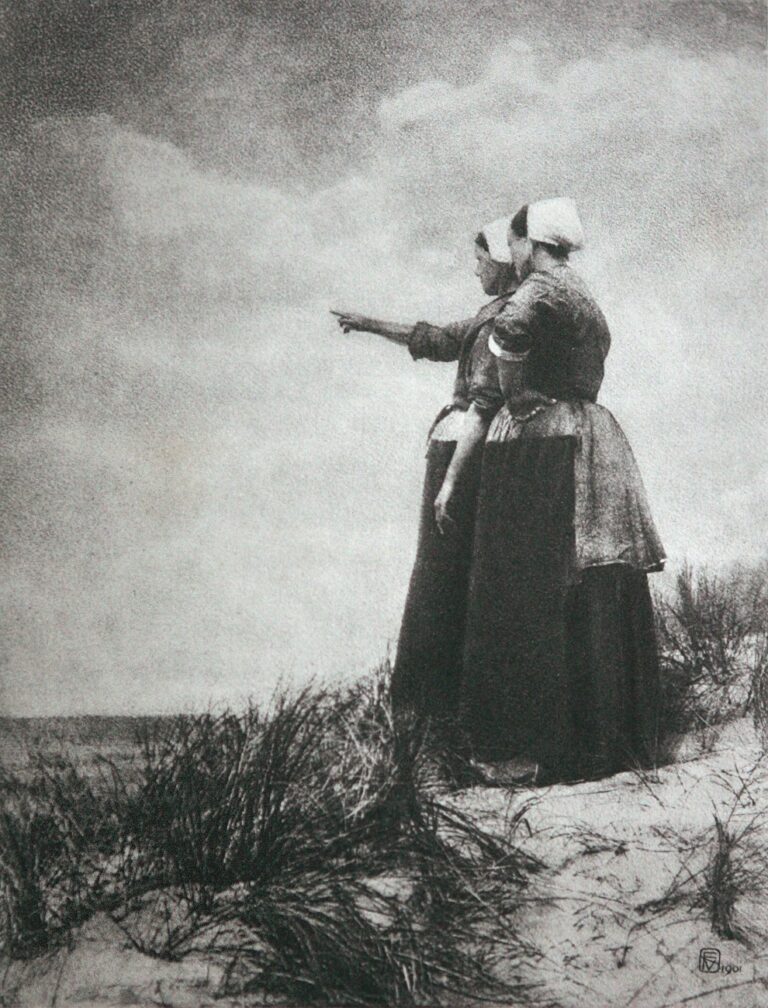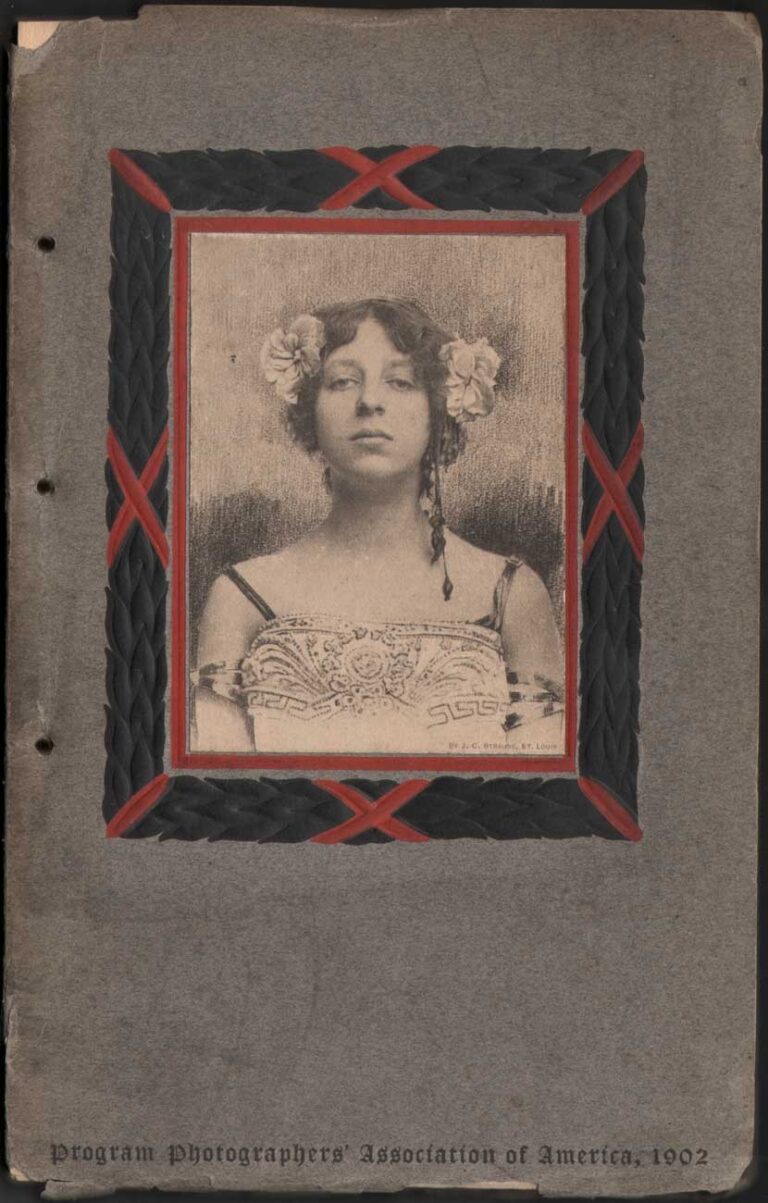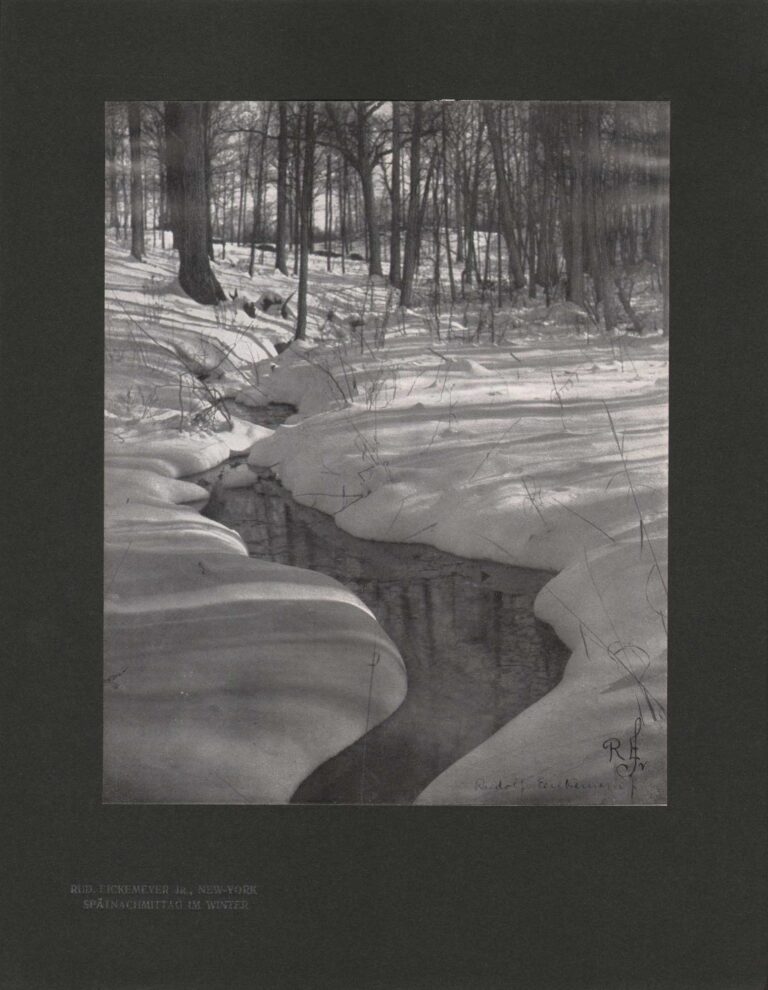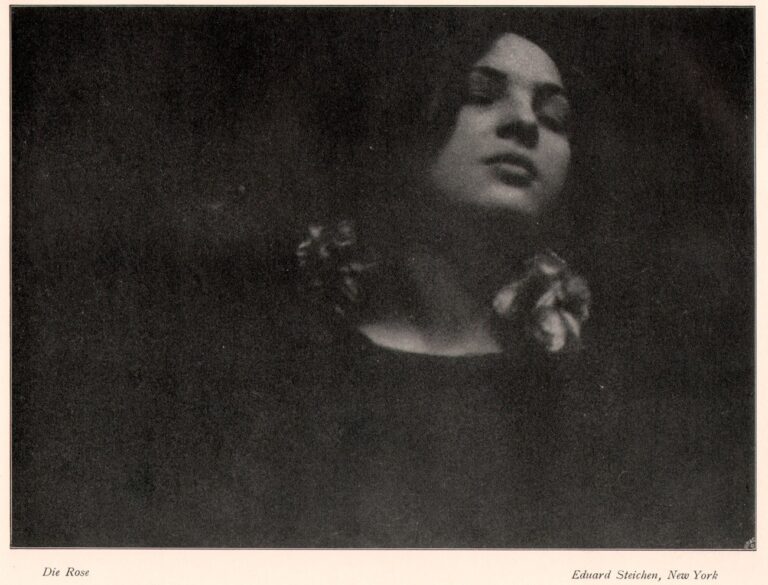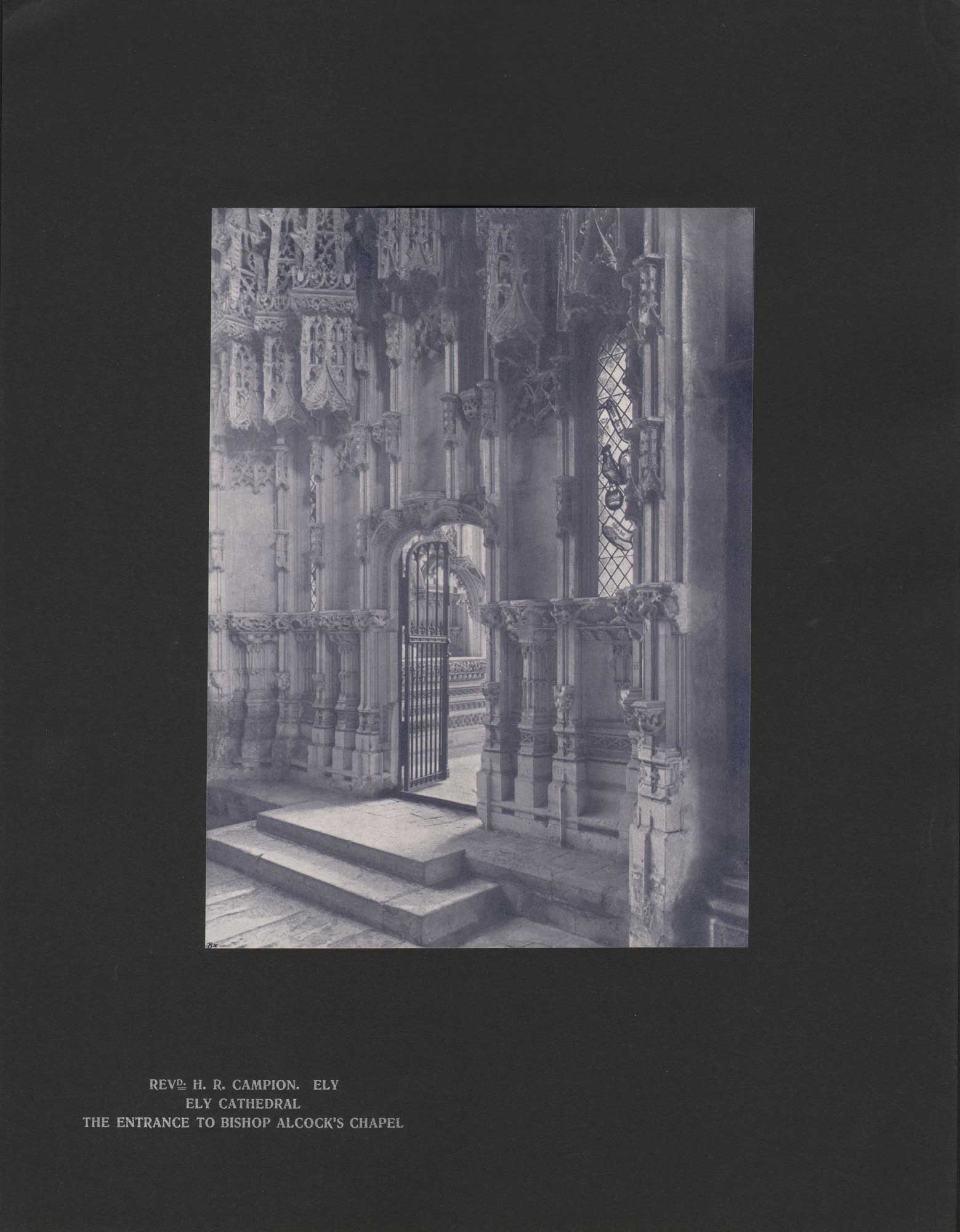
Ely Cathedral: The Entrance to Bishop Alcock’s Chapel
Ely Cathedral; Entrance to Bishop Alcock’s Chapel dates to about 1901, when it was first exhibited as a platinum print in the Forty-sixth Annual Exhibition of the Royal Photographic Society. Although not a member, Rev. H.R. Campion is listed as being an exhibitor off and on from 1901-1911 in the annual Exhibitions of the Royal Photographic Society. Mentions in the photographic press of Alcock’s work date as early as 1896 when he is listed in a directory as being a minor canon at Ely Cathedral. (M.A. The College, Ely Chaplains of the Cathedral)
The following short biography of Rev. Campion is courtesy James Downs as part of his thesis: Ministers of ‘the Black Art’: the engagement of British clergy with photography, 1839-1914:
Rev. Herbert Roper Campion: 1869-1941
Several photographs of this cathedral (Ely-editor) had already been taken by the Rev. Herbert R Campion (1869-1941), who had been appointed as a Minor Canon of Ely Cathedral in 1896, four years after his ordination. Taking photographs inside the cathedral soon became a favoured pastime, as the editor of Photograms of the Year 1899 – reproducing a fine view of a Norman Arch – remarked on how the Canon ‘still devotes himself to his beloved Ely Cathedral, and gives us more and more of its exquisite softness and delicacy of tone.’(278) Campion exhibited several interior views at the Royal Photographic Society in the early 1900s, such as ‘Entrance to Bishop Alcock’s Chapel’ and ‘Norman Work – A Contrast’, which was exhibited in 1903 and bears a remarkable resemblance to Frederick Evans view of the same doorway, ‘Ely Cathedral – A Memory of the Normans’ made a few years earlier. (1.)
✻ ✻ ✻ ✻ ✻
The following biography of Bishop John Alcock (1430-1500) of Ely Cathedral, which Rev. H.R. Campion depicts in this photograph, is excerpted from the Ely Cathedral Handbook, 21st Edition, by Charles William Stubbs, D.D. Dean of Ely; Honorary Fellow of Sidney Sussex College, Cambridge.: Ely: G.H. Tyndall, The Minster Press, 1904:
Chapel of Bishop Alcock. Bishop Alcock’s Chapel is at the end of the North aisle, occupying the space of one bay.
BISHOP ALCOCK.
[John Alcock (1486-1500) was born at Beverley and educated at the Grammar School there and at Cambridge, where he took his degree of LL.D. in or before 1461. He became Master of the Rolls and Prebendary of S. Paul’s and Salisbury. He held the Lord Chancellorship conjointly with Bishop Rotherham of Lincoln. Of such joint tenure there is no other instance. In 1476 he became Lord President of Wales. He was made Comptroller of the Royal Works and Buildings on the accession of Henry VII. an office for which owing to his skill as an architect he was specially fitted. His chapel at Ely, the Episcopal Palace, and Great St. Mary’s at Cambridge, alike bear witness to his skill and taste as an architectural restorer. He was also a generous benefactor to the University of Cambridge, where he not only endowed Peterhouse (of which by virtue of his office as Bishop of Ely he was Visitor) but founded Jesus College on the decayed Nunnery of St. Rhadegund. Alcock takes rank with those eminent Ecclesiastics before the Reformation, such as Rotherham, Fisher and Colet, who aimed at the renovation and reform of the Church, and set a high example to others by their own virtues and self-denial. “No one in England” -says Bale-“had a greater reputation for sanctity.” He died at Wisbech Castle on 1st October, 1500.]
The Chapel is in the Perpendicular style, and was built A.D. 1488, as appears from a stone, possibly a portable altar, found underground some years ago, and inserted in the wall under the East window, bearing the following inscription: (illustration)
The ornamental portion of the Chapel is very elaborately executed, but the pinnacles are disproportioned and crowded, presenting a confused and heavy appearance; the vaulted ceiling is rich and elaborate, with a large pendant of good workmanship in the centre. The principal entrance is on the West, but there is a door on the South side, the iron gates from which have at some period been removed to the south door entrance to the Cathedral; and the Bishop’s tomb is on the North side with a window behind containing some fragments of ancient stained glass. It is probable that the monument contained two effigies, one representing the Bishop in his pontifical robes, and another on a higher ledge, which represented his body in a state of decay, thus contrasting life and death. A carved oak door at the foot of the monument appears as an entrance to a chantry. The Bishop was buried in the centre of the chapel; his favourite device-a rebus of his name-a cock standing on a globe, and his arms may be seen in the glazed lancets of the chapel screen, and in several other places. In the lancet to the left of the doorway, the legend beneath the cock and globe is “A lege taa non declinavi. Po 118.” ‘I have not swerved from thy law Ps. 119, 51 (118 old Latin Version.) On the right the legend is “Sapiens sine concilio nihil facit”- The wise man does nothing without counsel.’ Ecclus. xxxii., 24. The chapel has been much defaced, and many figures and ornaments have disappeared, but something has been done towards restoration by the Master and Fellows of Jesus College. The new portion of the floor was laid at the cost of Lord Alwyne Compton (the present Bishop).
A very beautiful new stained glass window, executed by Clayton and Bell, with the figures of Bishop Hugo de Northwold, Hugo de Balsham, Bishop Hotham and Bishop Alcock, in the four lights, was placed in the chapel by the Bishop and Lady Alwyne Compton in commemoration of their Golden Wedding Day, August,
A very beautiful new stained glass window, executed by Clayton and Bell, with the figures of Bishop Hugo de Northwold, Hugo de Balsham, Bishop Hotham and Bishop Alcock, in the four lights, was placed in the chapel by the Bishop and Lady Alwyne Compton in commemoration of their Golden Wedding Day, August, 1900. pp. 174-77
1. Excerpt: Ministers of ‘the Black Art’: the engagement of British clergy with photography, 1839-1914 Submitted by James Downs to the University of Exeter as a thesis for the degree of Doctor of Philosophy in English in March 2018, (ProQuest online resource) pp. 144-45 (footnote: #278: Photograms of the Year (1899) p.52. Campion’s photograph of a 14th century carved pillar in Ely was reproduced in Photograms of the Year (1898) p.61.)
